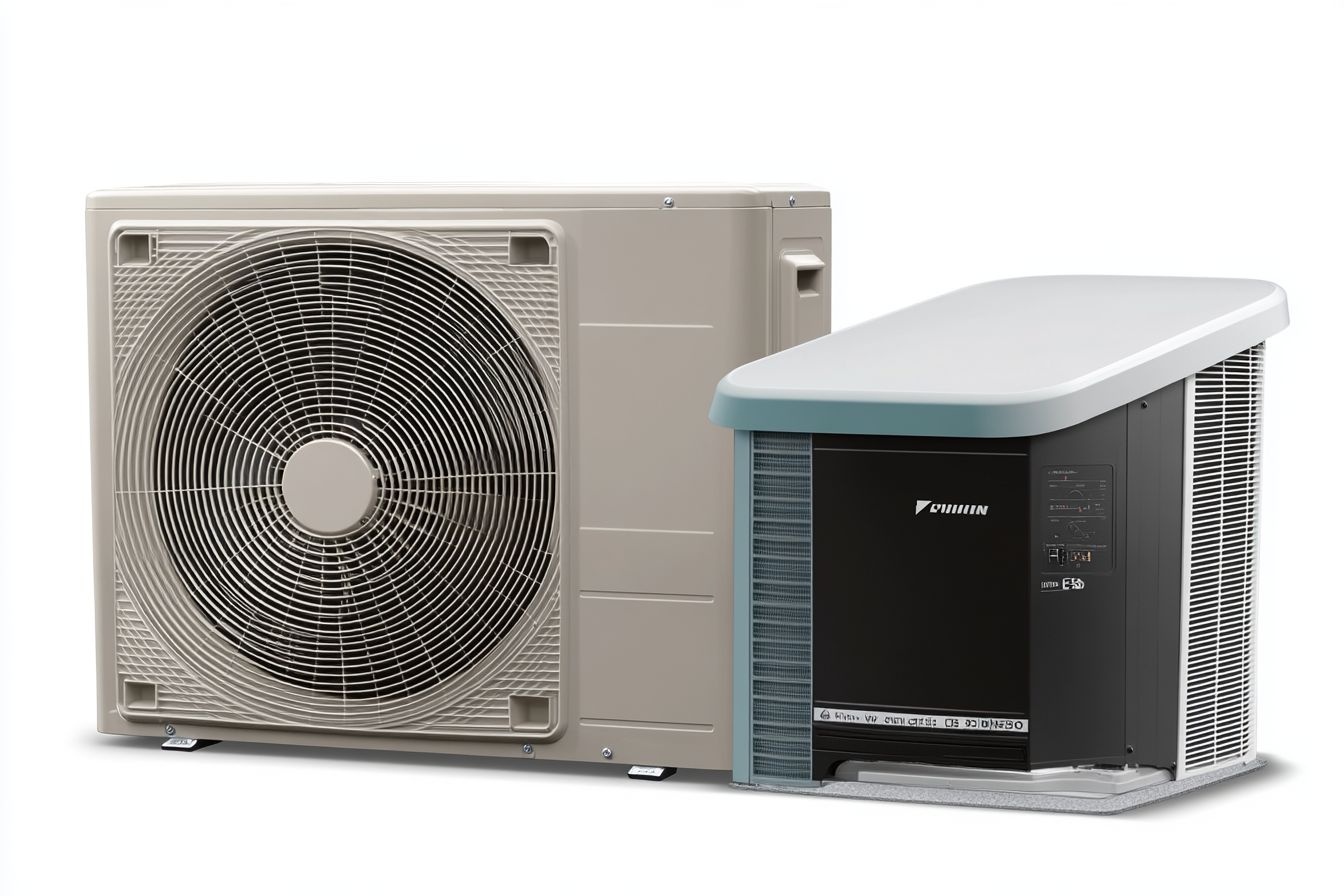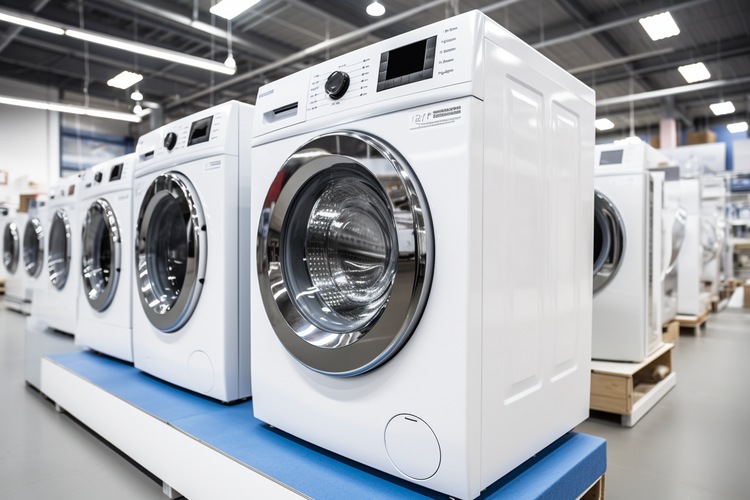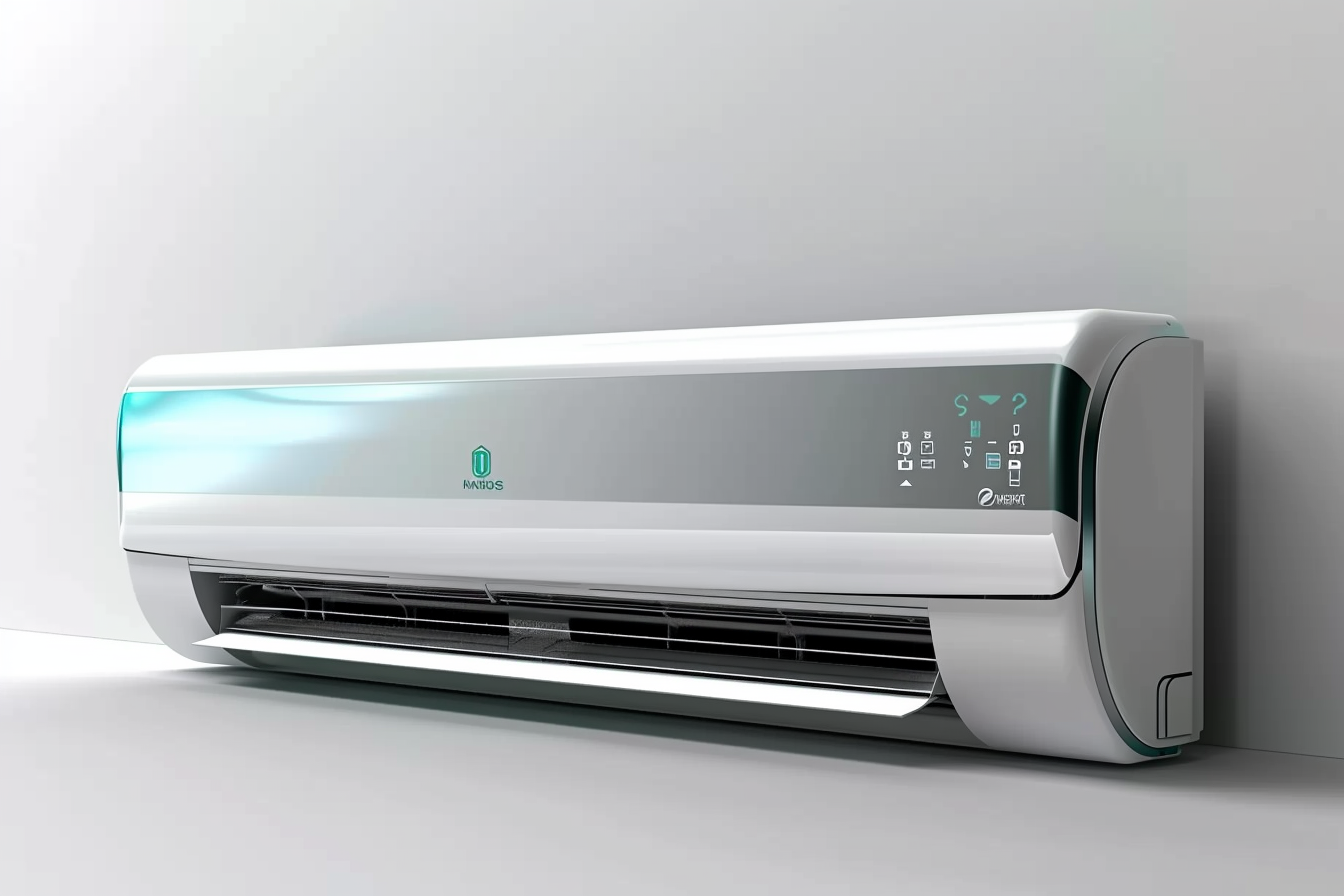How to Choose Energy-Saving Air Conditioners for Your Home
Selecting the right air conditioner for your home involves more than just cooling power. Energy efficiency plays a crucial role in reducing electricity bills and minimizing environmental impact. With rising energy costs across Canada, homeowners are increasingly seeking units that deliver comfort without excessive consumption. Understanding the features, ratings, and maintenance practices that contribute to efficiency can help you make an informed decision that benefits both your wallet and the planet.

Modern air conditioning technology has evolved significantly, offering homeowners a range of options designed to cool spaces while consuming less energy. Understanding what makes an air conditioner energy-efficient and how to select the right model requires knowledge of various technical specifications, features, and practical considerations.
Key factors to consider when selecting energy-efficient air conditioners
When shopping for an energy-efficient air conditioner, the first specification to examine is the Seasonal Energy Efficiency Ratio (SEER) or Energy Efficiency Ratio (EER). In Canada, units with higher SEER ratings consume less electricity to produce the same cooling output. Look for models with a SEER rating of 14 or higher, though premium units may reach 20 or above. The ENERGY STAR certification is another reliable indicator, as certified models meet strict efficiency guidelines set by Natural Resources Canada.
Unit size matters significantly for efficiency. An oversized air conditioner will cycle on and off frequently, wasting energy and failing to properly dehumidify your space. Conversely, an undersized unit will run continuously without adequately cooling your home. Calculate the required cooling capacity based on your room size, measured in British Thermal Units (BTUs). A typical bedroom of 150-250 square feet requires approximately 6,000 BTUs, while larger living spaces may need 10,000 BTUs or more.
Inverter technology represents a major advancement in energy efficiency. Unlike traditional compressors that operate at full capacity or shut off completely, inverter-driven compressors adjust their speed continuously to maintain desired temperatures. This results in energy savings of 30-50% compared to conventional models and provides more consistent comfort with fewer temperature fluctuations.
Benefits of smart air conditioners with heating and climate control
Smart air conditioners equipped with heating capabilities offer year-round climate control, making them particularly valuable in Canadian homes where both cooling and heating are essential. These multi-functional units, often called heat pumps, can reverse their operation to provide warmth during colder months, eliminating the need for separate heating systems in moderate climates.
Connectivity features allow you to control your air conditioner remotely through smartphone apps, enabling you to adjust settings before arriving home or turn off the unit if you forgot to do so. Smart scheduling capabilities learn your patterns and automatically optimize operation times, reducing unnecessary runtime when spaces are unoccupied. Some models integrate with home automation systems, working alongside smart thermostats and sensors to create comprehensive climate management.
Geofencing technology takes automation further by detecting when you leave or approach your home, automatically adjusting operation accordingly. Energy monitoring features provide real-time consumption data, helping you understand usage patterns and identify opportunities for additional savings. Voice control compatibility with systems like Amazon Alexa or Google Assistant adds convenience to daily operation.
Understanding costs and comparing energy-efficient models
Energy-efficient air conditioners represent an investment that pays dividends through reduced operating costs. Initial purchase prices vary significantly based on capacity, features, and efficiency ratings. Understanding both upfront and long-term costs helps in making financially sound decisions.
| Unit Type | Typical Capacity | Cost Estimation | Annual Operating Cost |
|---|---|---|---|
| Window Unit (Standard) | 5,000-12,000 BTU | CAD 200-500 | CAD 80-150 |
| Portable Unit (Inverter) | 8,000-14,000 BTU | CAD 400-800 | CAD 60-120 |
| Ductless Mini-Split | 9,000-24,000 BTU | CAD 1,500-4,000 | CAD 100-250 |
| Smart Heat Pump | 12,000-36,000 BTU | CAD 2,500-6,000 | CAD 150-350 |
Prices, rates, or cost estimates mentioned in this article are based on the latest available information but may change over time. Independent research is advised before making financial decisions.
Higher-efficiency models typically cost more initially but compensate through lower electricity bills. A unit with a SEER rating of 18 might cost CAD 300-500 more than a SEER 14 model, but could save CAD 50-100 annually on electricity, achieving payback within 3-5 years. Provincial rebate programs in Ontario, British Columbia, and other regions often provide incentives for purchasing high-efficiency models, further improving the value proposition.
Tips for maintaining your air conditioner for optimal efficiency
Regular maintenance is essential for preserving energy efficiency throughout your air conditioner’s lifespan. Neglected units can lose 5-10% efficiency annually, significantly increasing operating costs and reducing cooling effectiveness.
Filter cleaning or replacement stands as the most critical maintenance task. Dirty filters restrict airflow, forcing the system to work harder and consume more energy. Clean or replace filters every two weeks during peak usage periods, or monthly during moderate use. Reusable filters can be washed with mild soap and water, while disposable filters should be replaced according to manufacturer specifications.
Condenser coils, located in the outdoor unit, accumulate dirt, leaves, and debris that impede heat transfer. Inspect coils quarterly and clean them with a soft brush or garden hose, taking care not to bend the delicate fins. Ensure at least two feet of clearance around the outdoor unit for proper airflow. Indoor evaporator coils should be professionally cleaned annually as part of comprehensive servicing.
Drain lines can become clogged with algae and mold, causing water backup and potential damage. Flush drain lines with a mixture of water and vinegar every few months to prevent blockages. Check that condensate drains freely and that the drip pan shows no signs of standing water or rust.
Thermostat placement affects efficiency significantly. Avoid locations near heat sources, direct sunlight, or drafts, as these create false readings that cause unnecessary operation. Set temperatures reasonably—each degree below 24°C increases energy consumption by approximately 3-5%. Using programmable or smart thermostats to raise temperatures when away or sleeping can reduce cooling costs by 10-15%.
Professional servicing every 1-2 years ensures refrigerant levels remain optimal, electrical connections stay secure, and all components function properly. Technicians can identify developing issues before they become costly repairs and verify that your unit operates at peak efficiency.
Selecting the right air conditioner for your home involves balancing efficiency, features, and budget
Energy-efficient air conditioners offer substantial benefits for Canadian homeowners through reduced electricity consumption, lower utility bills, and enhanced comfort. By focusing on key efficiency metrics like SEER ratings, considering smart features that optimize operation, and maintaining your unit properly, you can maximize both performance and savings. Whether choosing a basic window unit or an advanced smart heat pump, prioritizing energy efficiency ensures your cooling investment delivers value for years to come while contributing to environmental sustainability.



